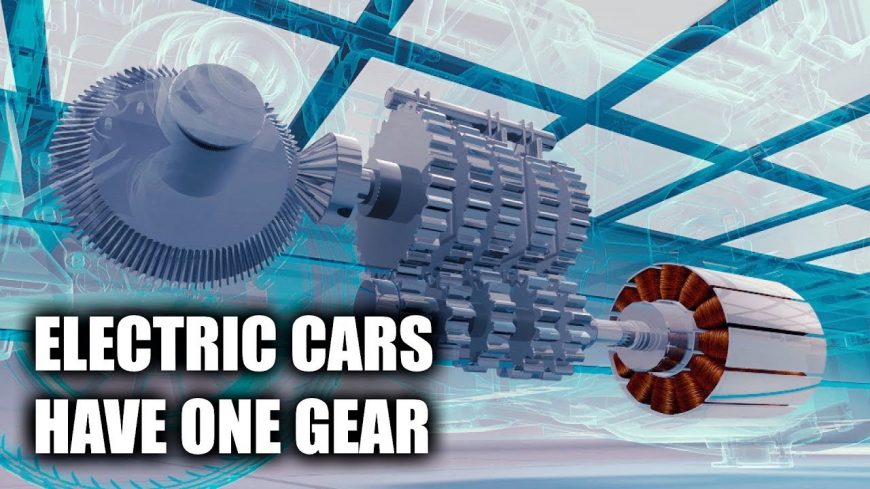Why Do Electric Cars Only Have 1 Gear?

Electric cars are becoming more and more common, and it’s time we start learning the hows and whys of their engineering so we can understand more about them. With Tesla dropping a car in the mid-$30K range and other manufacturers investing more and more into electric car technology, it seems like a matter of time before electric becomes the norm instead of the exception.

Jason at Engineering Explained has one of the best ways of breaking things down into digestible chunks that most any of us can understand, and teaching us about how electric cars work is no different. This is the first video in a 5-part series that Jason is working on, a project that dives into Formula E and the engineering behind the cars. One of the more interesting areas to learn is the transmissions, or lack thereof, in electric vehicles. It seems logical that a transmission would make them more efficient, but when you actually dive into the science, it’s pretty easy to understand why just using a single gear actually makes them more efficient, not the other way around. With an operating range of 0 to 20,000 RPM, an electric motor has more than triple the RPM range of a typical internal combustion engine. With that being the case, a transmission isn’t needed to keep the engine in it’s powerband, since electric motors have a nearly horizontal power band, where as a gas engine operating with a single speed gearbox would be nearly impossible to operate at low speeds due to the lack of torque.
If this all seems like too much to grasp, just hit the play button and let Jason break it down a little more cleanly than I have. His videos are always incredibly informative and easy to understand, so hopefully he can clear all of this up better than I have here!

